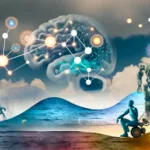Hey there! Today, we’re diving into an exciting comparison between two powerful AI models: ChatGPT-3 and ChatGPT-4.
If you’ve ever wondered about the differences between these two giants or the advancements in the ChatGPT series, you’ve come to the right place.
We’ll take a journey, exploring their unique features, performance in various tasks, and how they impact user experience. We’re also going to glimpse into the future and see what potential these models hold. Ready to uncover the differences and witness the power of AI? Let’s jump right in!
Understanding ChatGPT
ChatGPT, created by OpenAI, is an Artificial Intelligence language model that’s making waves in the tech world.
It’s designed to generate human-like text and can do an array of tasks such as writing poems, answering questions, translating languages, summarizing complex documents, and even coding. The fascinating thing about ChatGPT is its ability to understand context and respond in natural language, creating a conversational experience that feels more human.
This model is a boon for various sectors, automating tasks that could otherwise be time-consuming. In marketing, it could create campaign content, in customer service, it could answer queries promptly. It also opens up possibilities for individuals to automate personal tasks or create content.
ChatGPT’s applications are broad-ranging. It’s used in chatbots, simulating human-like conversation for customer service, marketing, or educational purposes. It powers virtual assistants, helping users schedule appointments, set reminders, or find information.
Furthermore, it’s a fantastic tool for content generation, writing high-quality articles, blog posts, or social media content. As we look to the future, ChatGPT’s potential is immense and set to change the AI interaction landscape dramatically.
ChatGPT-3: An Overview
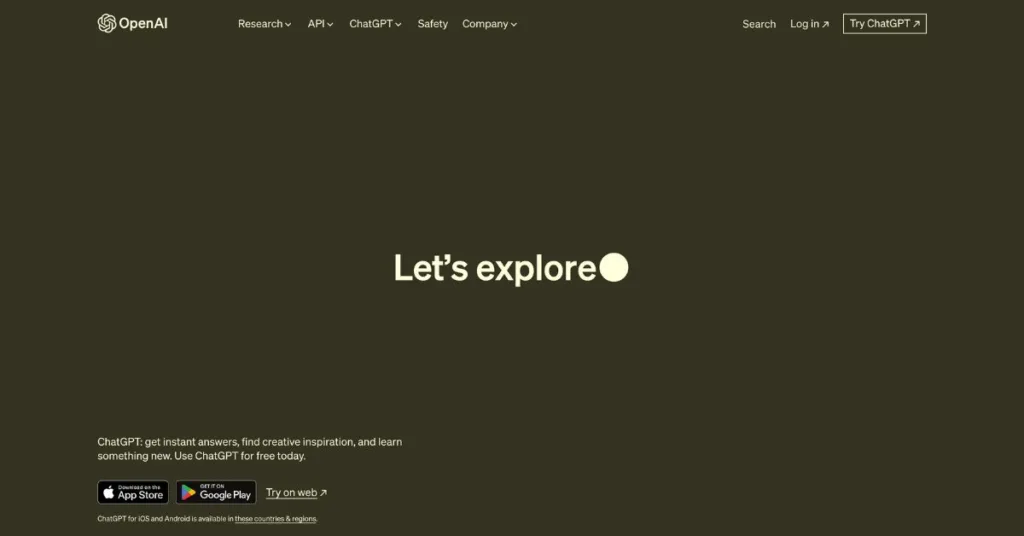
ChatGPT-3, developed by OpenAI, is an AI model that plays a vital role in generating human-like text. Here are some of its primary functions:
- Generating Text: ChatGPT-3 excels at creating various forms of text, ranging from poems and stories to coding scripts.
- Answering Questions: Even complex or open-ended questions can be accurately handled by ChatGPT-3.
- Translating Languages: ChatGPT-3 has capabilities to translate text, even if languages don’t share close similarities.
- Summarizing Text: Long or complex documents can be efficiently summarized by ChatGPT-3.
Additionally, ChatGPT-3 is exceptional at crafting diverse creative content, making it a valuable asset for writers. However, remember that it’s still under development and continues to learn and improve.
This AI model has found real-world applications in numerous areas, such as:
- Chatbots: Used in customer service, marketing, and education.
- Virtual Assistants: Assisting users in setting reminders, making appointments, etc.
- Content Generation: Producing high-quality articles, blog posts, and more.
With its potential for continued learning and development, ChatGPT-3 is shaping the future of AI interactions.
ChatGPT-4: An Overview
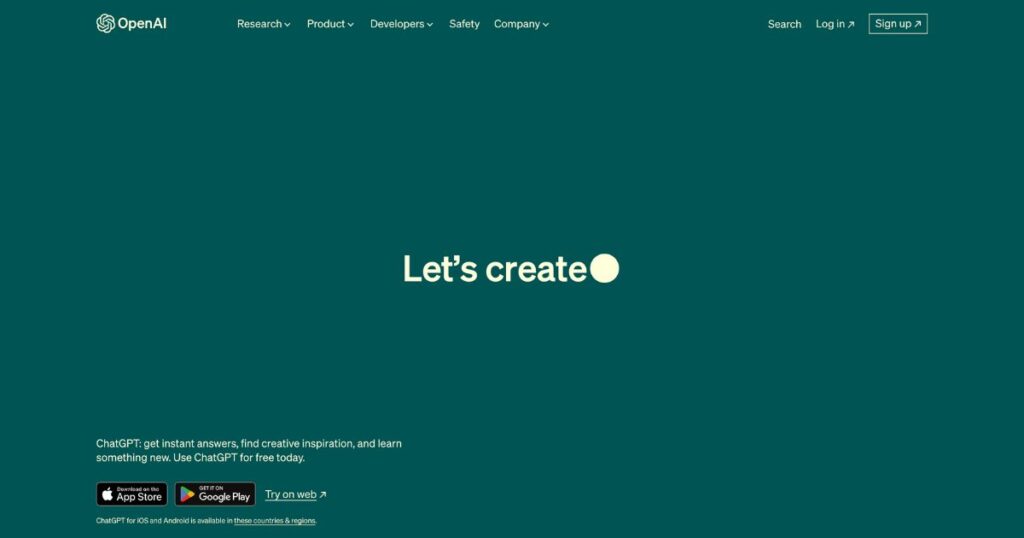
ChatGPT-4, the successor to ChatGPT-3, is an even more powerful AI model developed by OpenAI. Here’s what sets it apart:
- Bigger Training Data: ChatGPT-4 uses a dataset that’s 10 times larger than ChatGPT-3’s, leading to more accurate and creative text generation.
- Improved Language Comprehension: ChatGPT-4 understands and responds to natural language with greater accuracy, thanks to its massive dataset and model enhancements.
- Advanced Creative Writing: The model can generate a wider range of creative text formats with better precision.
- Realistic Image Generation: With a new diffusion modelling technique, ChatGPT-4 can create more lifelike images.
ChatGPT-4’s potential applications span across various sectors:
- Chatbots: ChatGPT-4 can power more engaging and informative chatbots.
- Virtual Assistants: Virtual assistants powered by ChatGPT-4 are more efficient and responsive.
- Content Generation: ChatGPT-4’s content is more precise, engaging, and creative.
- Educational Tools: Learning becomes more interactive with ChatGPT-4’s improved capabilities.
While still evolving, ChatGPT-4 is an AI tool that’s set to transform our interactions, finding increasing utility in everyday applications.
Comparing ChatGPT-3 and ChatGPT-4
ChatGPT-3 and ChatGPT-4, both advanced versions of OpenAI’s language model, offer a robust AI chatbot experience. However, when compared, several distinctions are evident:
Size and Training
ChatGPT-3 operates on a dataset of 600 billion words with 1.37 billion parameters. In contrast, ChatGPT-4 uses a colossal dataset of 6 trillion words with 175 billion parameters, enabling a more profound learning and understanding.
Capabilities
Both models excel in generating text, answering questions, translating languages, summarizing text, and crafting various creative content. Yet, ChatGPT-4 stands out by generating more realistic and lifelike images.
Performance
ChatGPT-4 outperforms ChatGPT-3 across the board. It generates text more accurately and creatively, answers questions with greater precision and context understanding, translates languages considering their nuances, summarizes text capturing the essence, and writes a diverse range of creative content more innovatively. Also, ChatGPT-4’s image generation, absent in ChatGPT-3, displays stunning realism.
ChatGPT-4 offers considerable enhancements over ChatGPT-3. It utilizes a more massive dataset and superior architecture, leading to higher accuracy, creativity, and engagement. These improvements make ChatGPT-4 an invaluable tool in multiple scenarios, from automated chatbots and virtual assistants to creative content generation.
The Future of ChatGPT Series
Looking ahead, the future of the ChatGPT series is highly promising. As AI technology forges ahead, the power and versatility of ChatGPT are set to expand even more. Here’s a glance at the improvements and updates we can expect:
- Larger Training Datasets: Bigger datasets will equip future versions of ChatGPT to learn and improve performance.
- More Complex Models: Future iterations of ChatGPT might employ more intricate models for understanding complex patterns.
- New Abilities: We might see ChatGPT acquiring new skills, such as generating even more lifelike images or translating languages more precisely.
As ChatGPT advances, the impact is expected to be significant across various domains. We can look forward to enhanced customer service through intelligent chatbots, creation of engaging content, novel learning methodologies, and innovative applications across industries.
Conclusion
That was quite a ride, wasn’t it? We’ve explored how ChatGPT-4 is a significant upgrade over its predecessor, ChatGPT-3. From understanding and responding to natural language more accurately to generating more engaging and creative text, ChatGPT-4 has shown remarkable improvement.
Looking ahead, with larger datasets and more complex models, we can expect even more powerful and versatile AI models. With these advancements, we’re looking at a future where AI models like ChatGPT will become a fundamental part of our lives, changing the way we interact with technology. In short, the ChatGPT series is just getting started, and the best is yet to come!
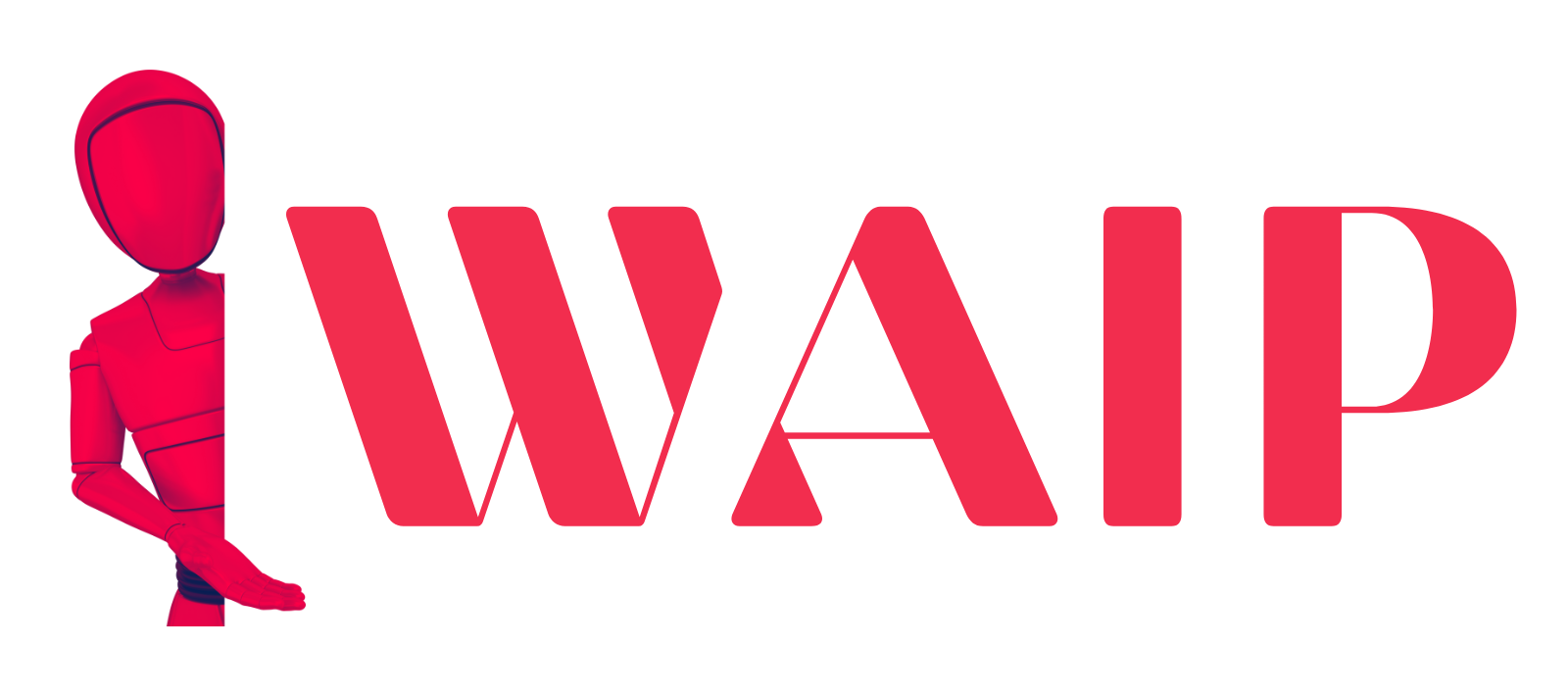
![Best Mobile Games Your Should Try in 2024 [Trending Now] 2 Best Mobile Games](https://wideaiprompts.com/wp-content/uploads/2024/03/Best-Mobile-Games-330x220.webp)
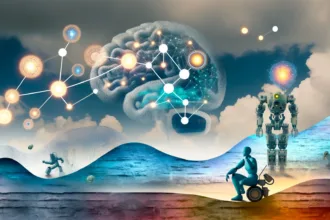
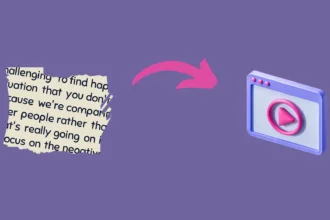
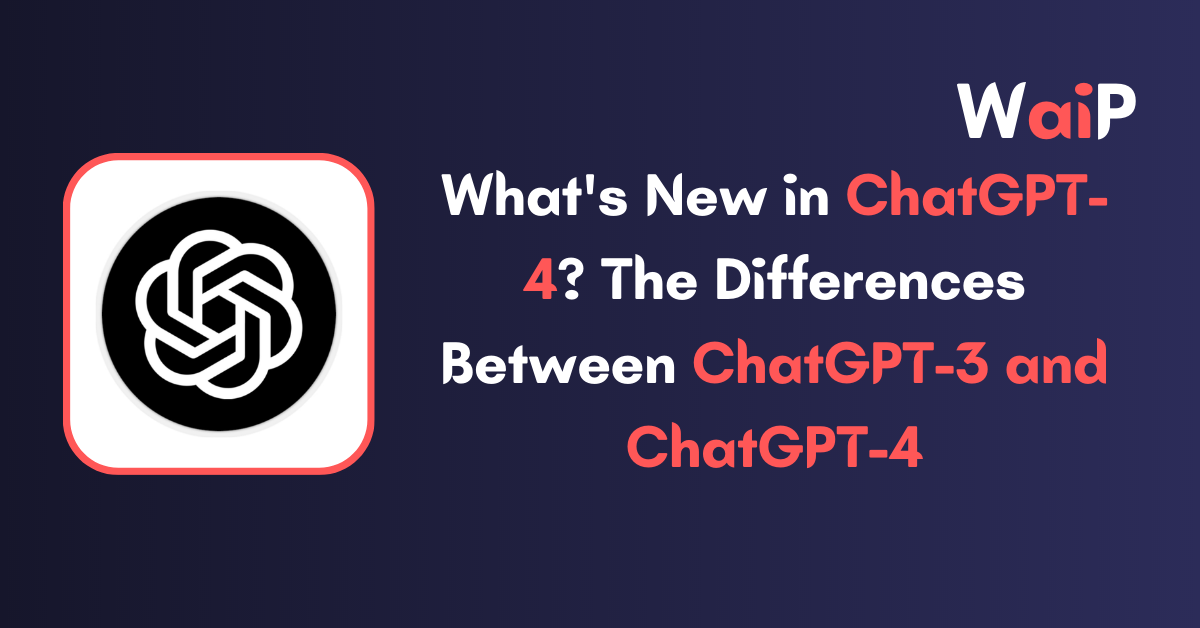
![Best Mobile Games Your Should Try in 2024 [Trending Now] 11 Best Mobile Games](https://wideaiprompts.com/wp-content/uploads/2024/03/Best-Mobile-Games-150x150.webp)
